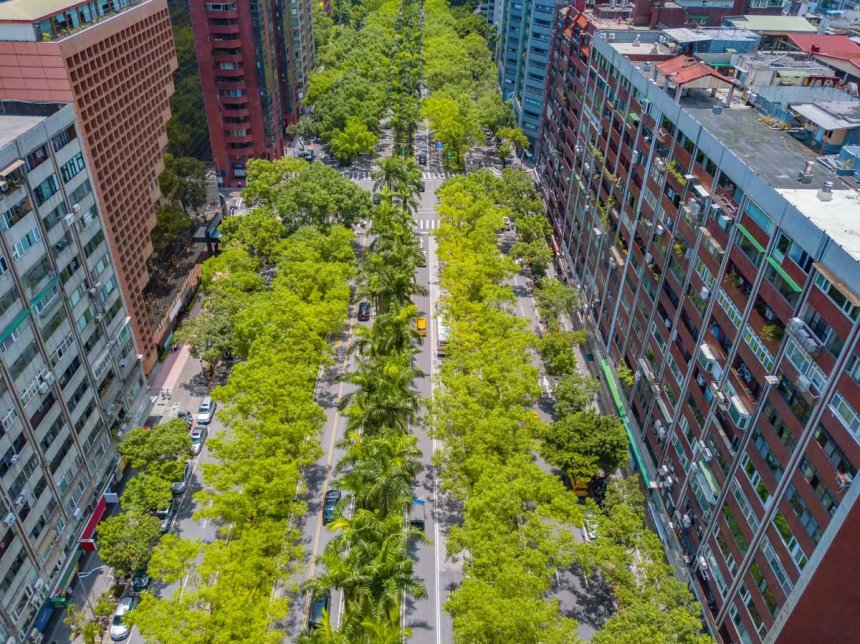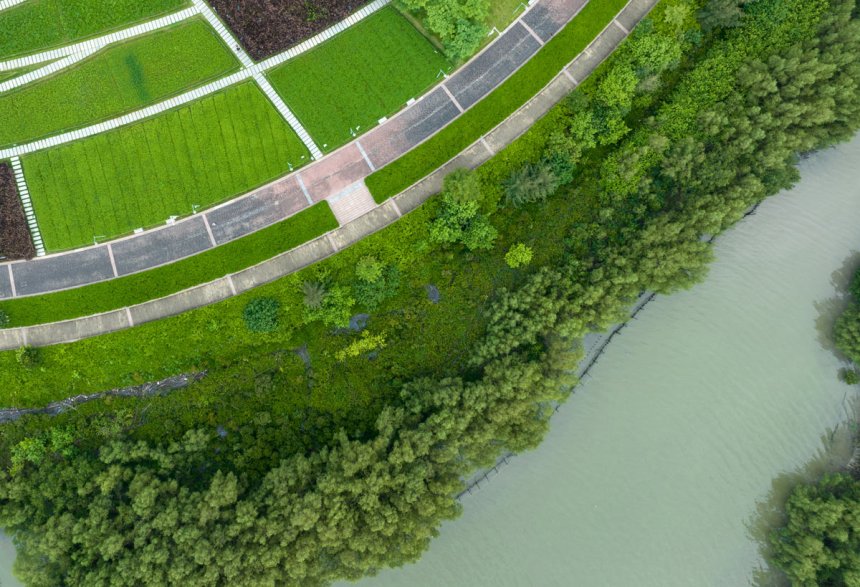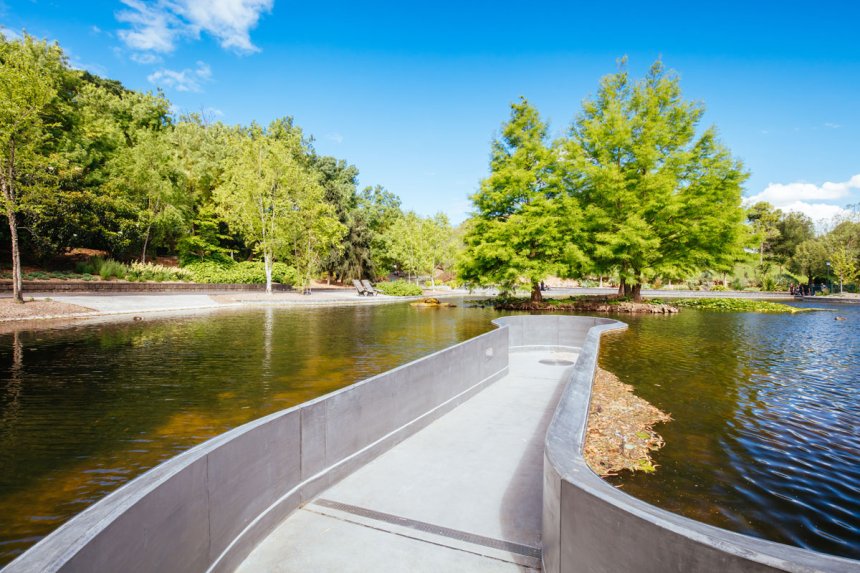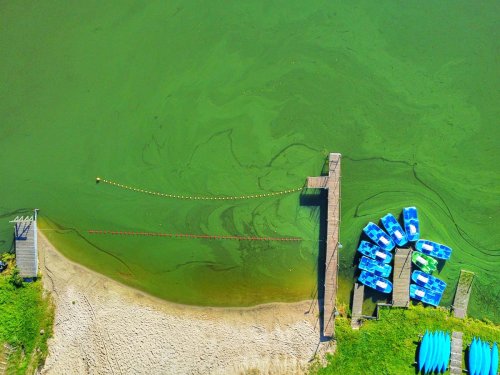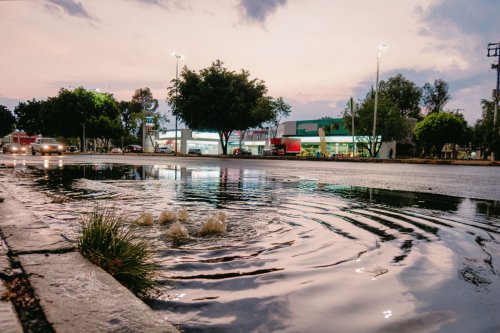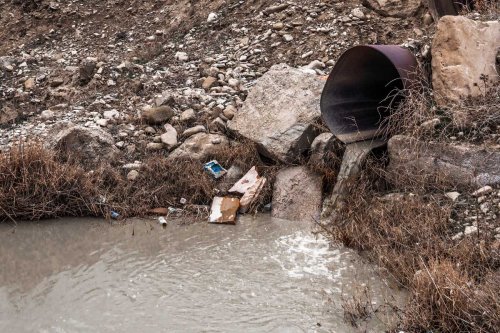The Rain Garden Primer
Rain gardens are a proven, low-tech addition to a municipal stormwater toolbox. Properly sized and maintained, they intercept up to 90 % of routine runoff events, strip out a significant share of pollutants, and recharge groundwater, all while beautifying streetscapes and providing pollinator habitat. For communities facing tighter MS4 permits and climate-driven cloudbursts, these small basins deliver big drainage and watershed-health dividends - one curb cut at a time.
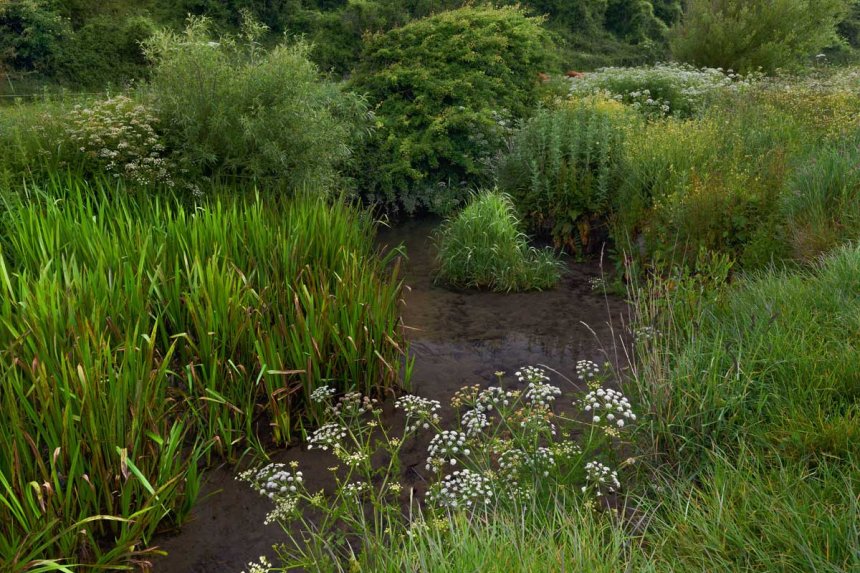
How a simple sunken landscape feature solves municipal runoff headaches while boosting watershed health
Why Rain Gardens Matter to Municipalities
When a downpour hits streets, parking lots, and rooftops, the surge of runoff rushes toward pipes and outfalls, picking up sediment, nutrients, metals, and oils along the way. Even a one-inch storm can overwhelm aging drainage networks and deliver a pollution pulse to local streams. A rain garden, also called a bioretention cell, interrupts that cycle by capturing runoff at the curb, in parking-lot islands, or on public green space, holding it for a day or two, and letting it soak into amended soil where pollutants are filtered out and plants transpire water back to the atmosphere. (epa.gov)
How a Rain Garden Works
A typical rain garden is a shallow basin (about 4–8 inches deep) dug into permeable soil, back-filled with a sand/compost mix, and planted with native perennials and shrubs that tolerate both wet and dry spells. Curb cuts, downspout pipes, or sheet flow convey runoff into the basin. As ponded water infiltrates, sediment settles, microbes break down hydrocarbons, and plant roots take up nutrients. An underdrain and overflow structure provide a safety valve so the garden drains within 48 hours, preventing mosquito habitat and structural damage. (epa.gov, nyc.gov)
Performance Benchmarks
| Metric | Typical Goal/Result | Source |
|---|---|---|
| Footprint | 5–10 % of the impervious area draining to it | (epa.gov) |
| Ponding depth | 6–12 inches (most municipal specs use 6 in) | (epa.gov) |
| Draw-down time | ≤ 48 hours | (nyc.gov) |
| Volume reduction | 56 % (with underdrain) to 89 % (without) average storm-event runoff | (epa.gov) |
| Pollutant removal | 40–60 % N, 25–50 % P, ≥ 70 % TSS; heavy-metal reductions up to 80 % | (extension.oregonstate.edu, mdpi.com) |
These numbers help engineers estimate how many installations are required to meet a Total Maximum Daily Load (TMDL) or MS4 post-construction standard.
Key Design Elements for Municipal Applications
a. Siting and Integration
-
Right-of-way retrofits: Curb-side rain gardens can slip between the sidewalk and street, replacing a strip of turf. New York City alone has built more than 11 000 such curbside gardens since 2015 to relieve combined-sewer overflows. (nyc.gov)
-
Parking-lot islands: Converting concrete medians or landscape strips into bioretention islands treats on-site runoff without losing parking stalls. (nyc.gov)
-
Neighborhood scale: A series of gardens on successive blocks intercepts flow before it enters storm drains, reducing peak discharge and pipe sizing requirements.
b. Soil and Infiltration Media
A 60 % sand, 20 % topsoil, 20 % compost blend balances drainage and nutrient retention. In tight clays, an underdrain wrapped in gravel keeps the media from saturating for too long while still capturing about half the event volume. Maintain at least 2 feet between the bottom of the garden and the seasonal high water table. (epa.gov)
c. Pretreatment and Overflow
A forebay of river stone or a grass filter strip slows inflow and traps coarse sediment, extending media life. An elevated curb cut or domed outlet scupper sets the maximum ponding depth and routes larger storms to the next structure without eroding the basin.
d. Vegetation
Choose native species with deep, fibrous roots that tolerate periodic inundation—such as blue flag iris, switchgrass, and red osier dogwood—to maintain infiltration pathways and provide habitat. Accent plants along the rim that prefer drier conditions add four-season interest and reduce mower conflicts.
5. Sizing Rain Gardens Quickly
For small roofs or streetscapes, municipalities often use a rule of thumb:
Rain-garden area (ft²) = Drainage area (ft²) × Soil-factor
Soil factors: Sand 0.20, Loam 0.40, Clay 0.50.
The factors adjust for slower infiltration in tighter soils, keeping ponded water below the 48-hour target. (warrencountyny.gov)
A growing number of cities also require that new developments capture the first 1 inch of rainfall on-site, which typically puts the rain-garden footprint at 7–10 % of the impervious catchment. (ucanr.edu)
Benefits Beyond the Curb
| Benefit | Drainage Impact | Watershed Impact |
|---|---|---|
| Runoff volume reduction | Frees up pipe capacity, lowers CSO frequency | Restores baseflow, moderates flashy hydrographs |
| Pollutant filtering | Cuts sediment, nutrients, and metals before pipe discharge | Improves aquatic habitat and lowers algal-bloom risk |
| Groundwater recharge | Reduces reliance on separate infiltration galleries | Recharges local aquifers, sustains summer stream flow |
| Urban heat mitigation | Shaded, evapotranspiring vegetation cools pavements | Lowers thermal shock to receiving waters |
Operation and Maintenance
Rain gardens succeed when entered into an asset-management schedule like any catch basin:
-
Monthly: Weed, remove litter, inspect inlets.
-
Semi-annual: Top-dress mulch, clean pretreatment stones, prune dead stems.
-
Every 3–5 years: Replenish soil mix if tests show compaction or high metals.
Routine costs often parallel or undercut conventional landscape beds. (epa.gov)
Funding and Regulatory Hooks
Programs that tie green infrastructure to stormwater-utility fee credits or developer incentives accelerate adoption. New York City’s “green-infrastructure-first” rule now requires projects disturbing 20 000 ft² or more to incorporate practices such as rain gardens before conventional detention is considered. (nyc.gov)
State revolving-fund loans, FEMA Building Resilient Infrastructure and Communities grants, and private-foundation watershed grants frequently cover design and construction.
Common Challenges and Fixes
| Challenge | Practical Fix |
|---|---|
| Poor infiltration (< 0.5 in/hr) | Add an underdrain, or build a surface-level planter box with engineered overflow. |
| Utility conflicts | Use tree-box-style rain gardens with waterproof sidewalls to maintain clearance. |
| Snow-storage debris | Place a pretreatment forebay and specify salt-tolerant plants like tufted hairgrass. |
| Public perception (“mosquito pit”) | Educate residents that gardens drain in less than two days and provide visible water-quality signage. |
Take-Home Message
Rain gardens are a proven, low-tech addition to a municipal stormwater toolbox. Properly sized and maintained, they intercept up to 90 % of routine runoff events, strip out a significant share of pollutants, and recharge groundwater, all while beautifying streetscapes and providing pollinator habitat. For communities facing tighter MS4 permits and climate-driven cloudbursts, these small basins deliver big drainage and watershed-health dividends - one curb cut at a time.

